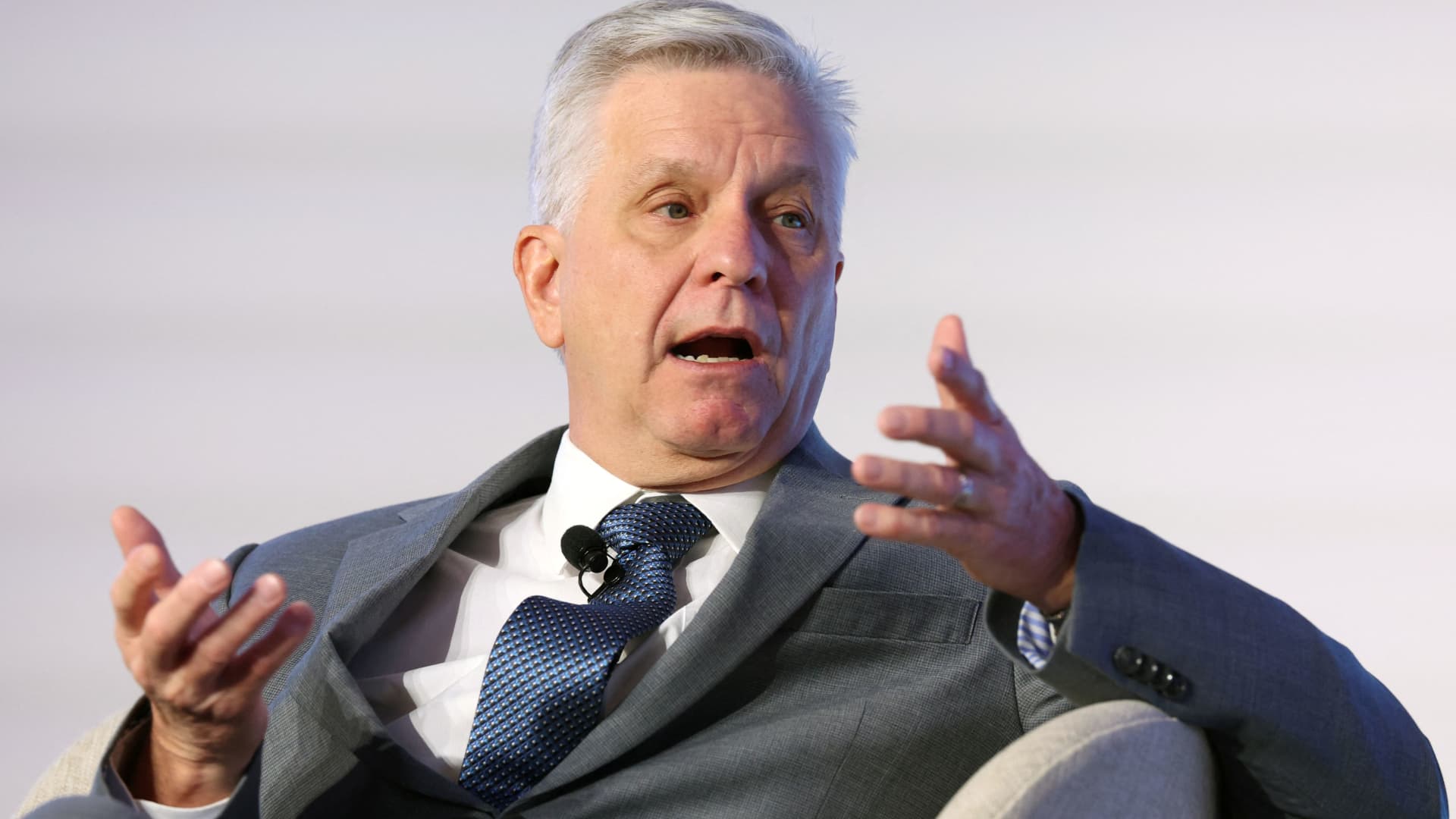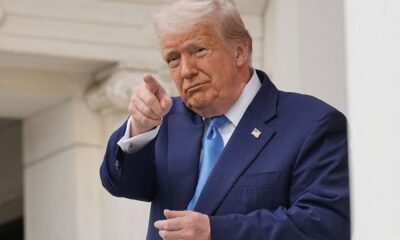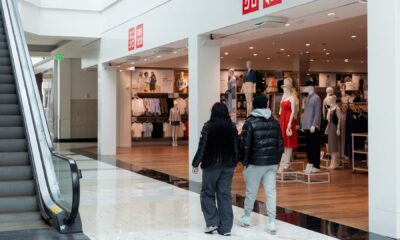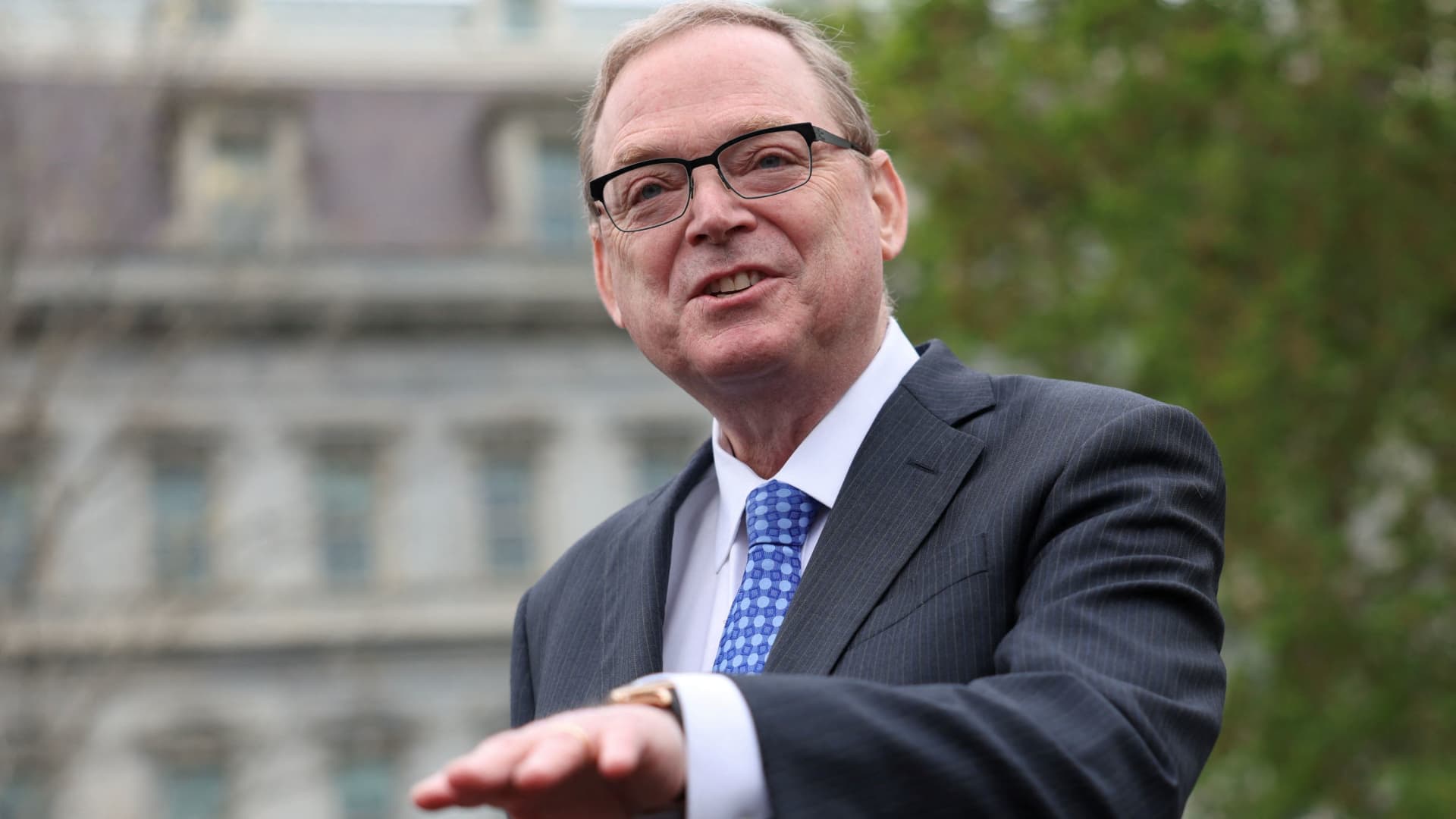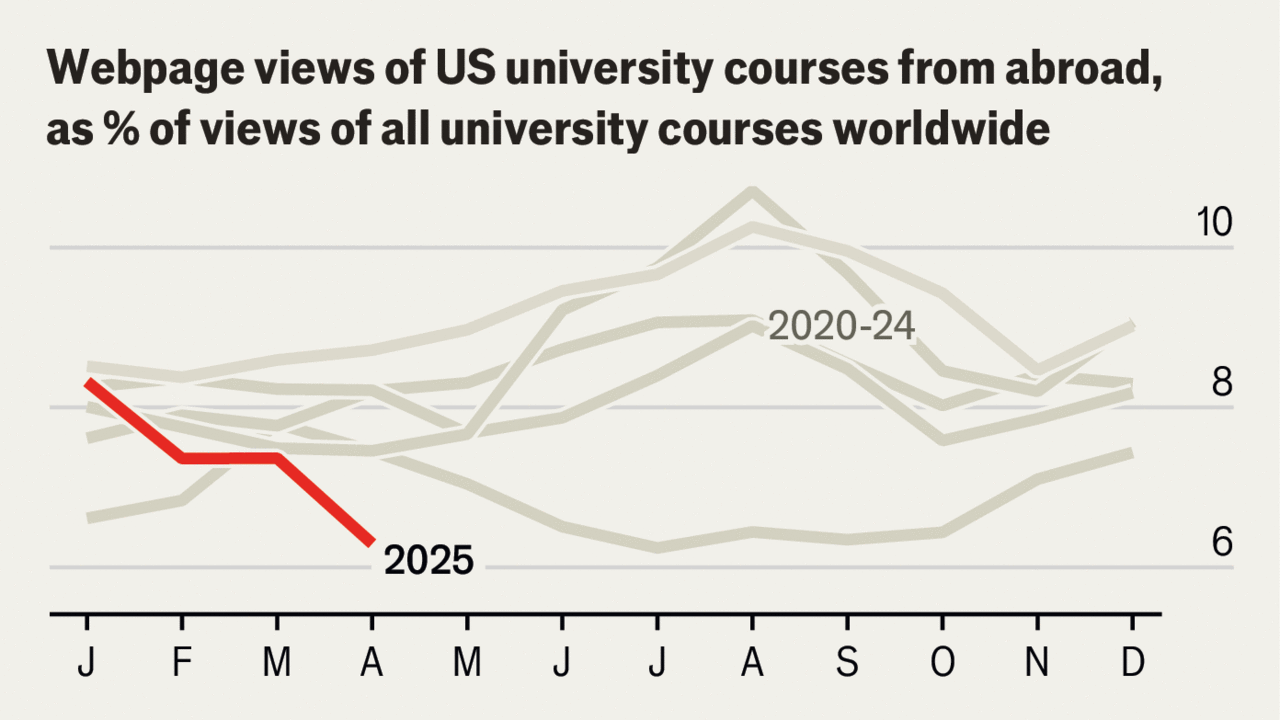Federal Reserve Governor Christopher Waller said Monday he expects the impacts of President Donald Trump’s tariffs on prices to be “transitory,” embracing a term that got the central bank in trouble during the last bout of inflation.
“I can hear the howls already that this must be a mistake given what happened in 2021 and 2022. But just because it didn’t work out once does not mean you should never think that way again,” Waller said in remarks for a policy speech in St. Louis that compared his inflation view to the controversial “Tush Push” football play.
Laying out two scenarios for what the duties eventually will look like, Waller said larger and longer-lasting tariffs would bring a larger inflation spike initially to a 4%-5% range that eventually would ebb as growth slowed and unemployment increased. In the smaller-tariff scenario, inflation would hit around 3% and then fall off.
Either case would still see the Fed cutting interest rates, with timing being the only question, he said. Larger tariffs might force a cut to support growth, while smaller duties might allow a “good news” cut later this year, Waller added.
“Yes, I am saying that I expect that elevated inflation would be temporary, and ‘temporary’ is another word for transitory,'” he said. “Despite the fact that the last surge of inflation beginning in 2021 lasted longer than I and other policymakers initially expected, my best judgment is that higher inflation from tariffs will be temporary.”
The “transitory” term harkens back to the inflation spike in 2021 that Fed officials and many economists expected to ease after supply chain and demand factors related to the Covid pandemic normalized.
However, prices continued to rise, hitting their highest since the early 1980s and necessitating a series of dramatic rate hikes. While inflation has pulled back substantially since the Fed started raising in 2022, it remains above the central bank’s 2% target. The Fed cut its benchmark borrowing rate by a full percentage point in late 2024 but has not cut further this year.
A Trump appointee during the president’s first term, Waller used a football analogy to explain his views on “transitory” inflation. He cited the Philadelphia Eagles’ famed “Tush Push” play that the team has used to great effect on short-yardage and goal line situations.
“You are the Philadelphia Eagles and it is fourth down and a few inches from the goal line. You call for the Tush Push but fail to convert by running the ball,” he said. “Since it didn’t work out the way you expected, does that mean that you shouldn’t call for the Tush Push the next time you face a similar situation? I don’t think so.”
Waller estimated that Trump has either of two goals from the tariffs: to keep the levies high and remake the economy, or use them as negotiating tactics. In the first case, he sees growth slowing “to a crawl” while the unemployment rate rises “significantly.” If the tariffs are negotiated down, he sees the impact on inflation to be “significantly smaller.”
In the other case, he said “one of the biggest shocks to affect the U.S. economy in many decades” is making forecasting and policymaking difficult. Fed officials will need to “remain flexible” in deciding the future path.
Get Your Ticket to Pro LIVE
Join us at the New York Stock Exchange!
Uncertain markets? Gain an edge with CNBC Pro LIVE, an exclusive, inaugural event at the historic New York Stock Exchange.
In today’s dynamic financial landscape, access to expert insights is paramount. As a CNBC Pro subscriber, we invite you to join us for our first exclusive, in-person CNBC Pro LIVE event at the iconic NYSE on Thursday, June 12.
Join interactive Pro clinics led by our Pros Carter Worth, Dan Niles, and Dan Ives, with a special edition of Pro Talks with Tom Lee. You’ll also get the opportunity to network with CNBC experts, talent and other Pro subscribers during an exciting cocktail hour on the legendary trading floor. Tickets are limited!

 Accounting7 days ago
Accounting7 days ago
 Economics1 week ago
Economics1 week ago
 Personal Finance7 days ago
Personal Finance7 days ago
 Accounting7 days ago
Accounting7 days ago
 Finance6 days ago
Finance6 days ago
 Economics1 week ago
Economics1 week ago
 Economics1 week ago
Economics1 week ago
 Economics1 week ago
Economics1 week ago
